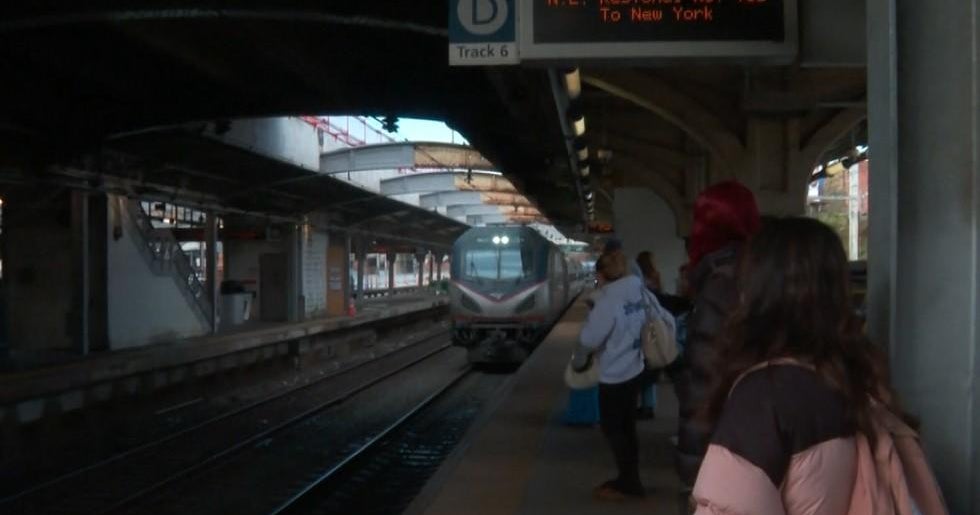Metro To Stretch Fleet For Silver Line's Opening
KYTJA WEIR
The Washington Examiner
WASHINGTON (AP) -- Metro plans to replace the oldest rail cars in its fleet while also trying to cover the service on the new Silver Line when it receives its first batches of new rail cars.
The transit agency is putting together a service plan to do both missions at the same time, General Manager Richard Sarles told The Washington Examiner.
The issue represents the two competing demands tugging at the Metro system: fulfilling a pledge to improve safety while also keeping up with service demands.
For riders, this is a mixed blessing.
It means that some of the 1000-series cars that have been called death traps during crashes will start to be replaced as soon as new 7000-series cars come to Metro. Sarles did warn, though, it would take at least a couple of years to replace all 290 of them, representing about a quarter of the fleet.
But it also means that Metro's fleet of rail cars will be stretched even thinner as the agency starts up its new Silver Line.
Metro is paying Kawasaki Rail Car Inc. $886 million to build 428 rail cars, including 128 for the Silver Line and the remaining 300 to replace the 1000-series cars. But due to delays following the Japanese earthquake and in building a test track, only a "handful" of the new rail cars will have arrived at Metro by the time the first leg of the Silver Line opens, now scheduled for late 2013 or early 2014. Once rail cars arrive, they cannot be used on the system until they undergo what a Metro official called a "rigorous, months-long inspection process."
Metro also won't be able to test the new cars at its new track facility until January 2014, so it will test rail cars on its
existing system in off hours.
Metro said last week that it will rely on its existing rail fleet to fill the gap, running some of those trains on the new
line. That already could stretch thin resources. But now, with Metro retiring some 1000-series cars as it gets the new 7000-series cars, there will be even fewer rail cars in the mix.
The 1000-series cars are as old as the Metro system. And some have telescoped in upon themselves during crashes. The National Transportation Safety Board has warned Metro about their dangers since a 1996 crash killed a train operator at Shady Grove.
All nine of the people who died in the June 2009 Red Line crash were in a 1000-series car that was crushed to less than a third of its original size.
A subsequent rail yard crash when a train was moving at 17 mph, far below typical operating speeds, caused massive damage to the same model rail cars even though they were insulated from impact in the middle of a train.
Information from: The Washington Examiner,
http://www.washingtonexaminer.com
(Copyright 2012 by The Associated Press. All Rights Reserved.)



